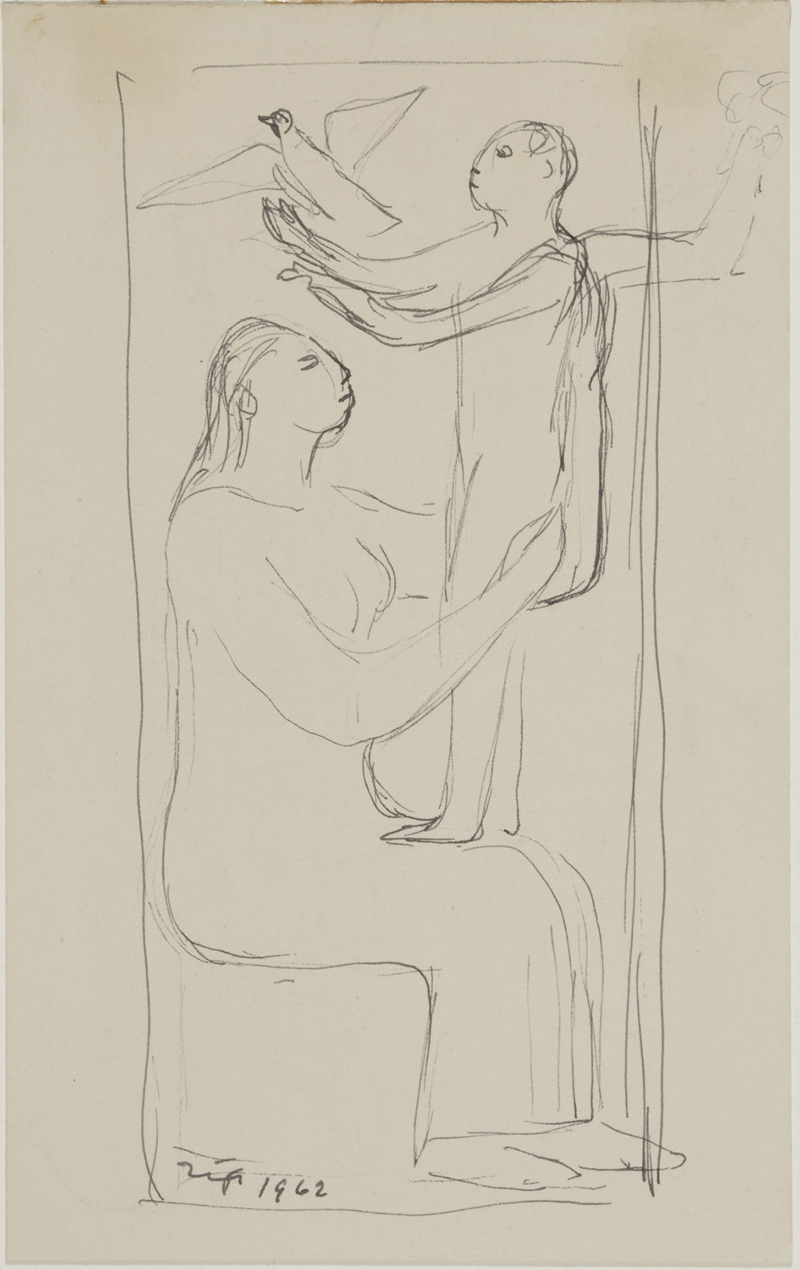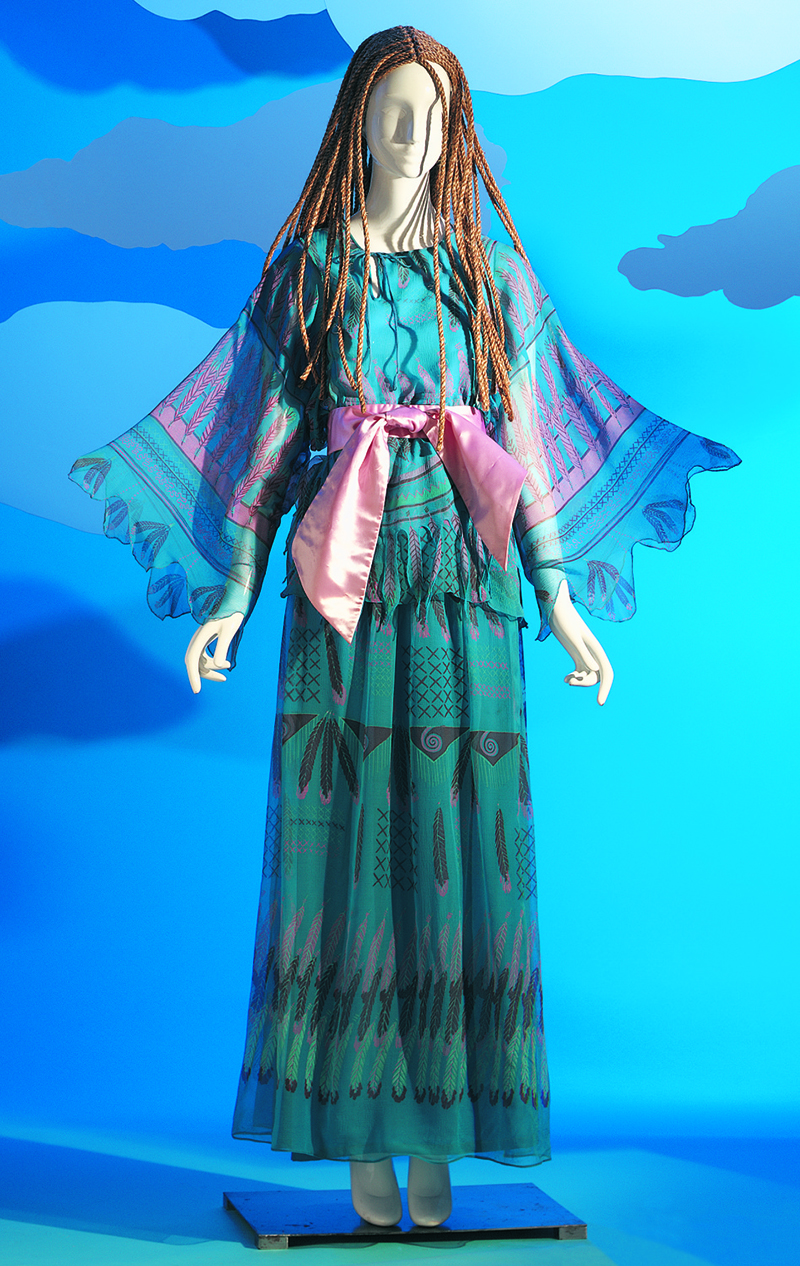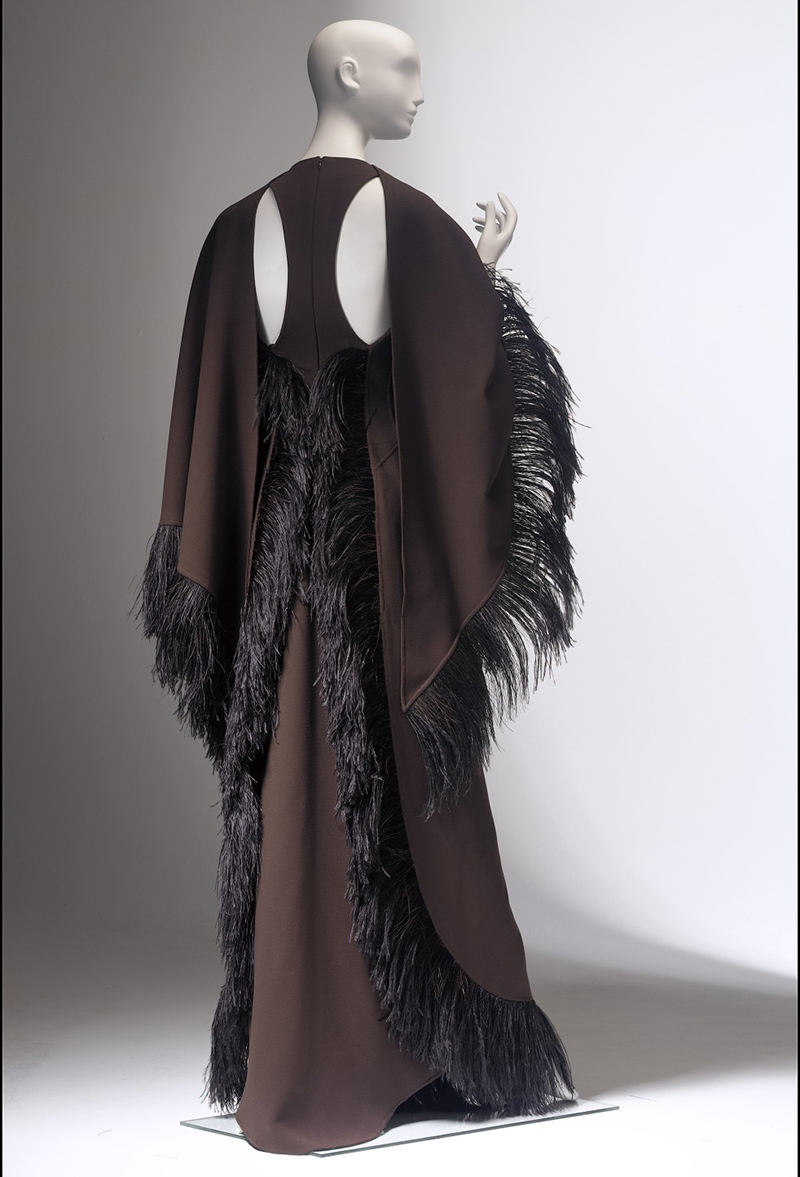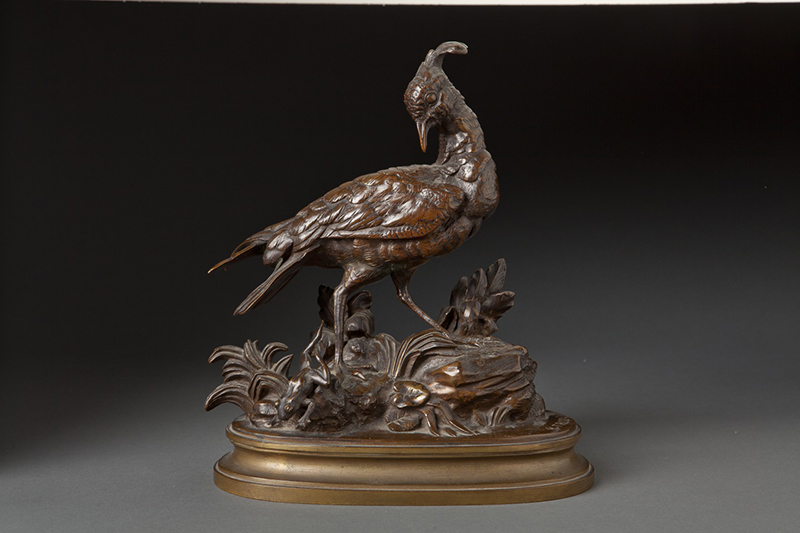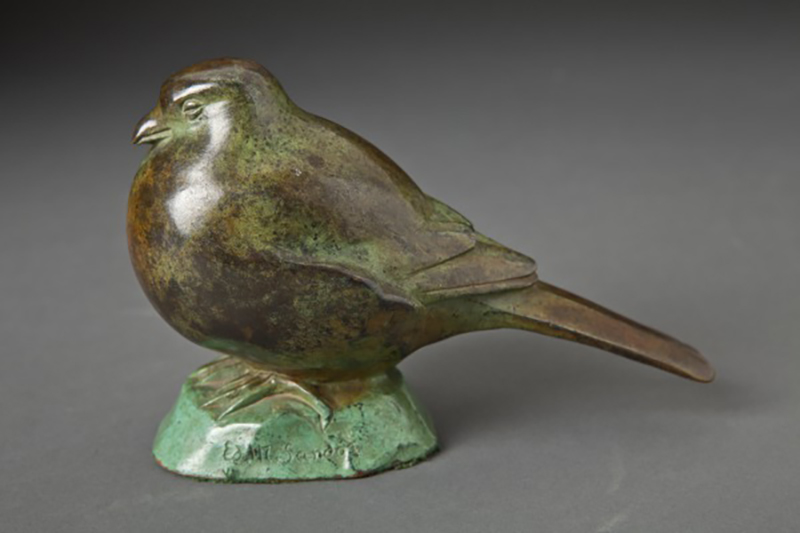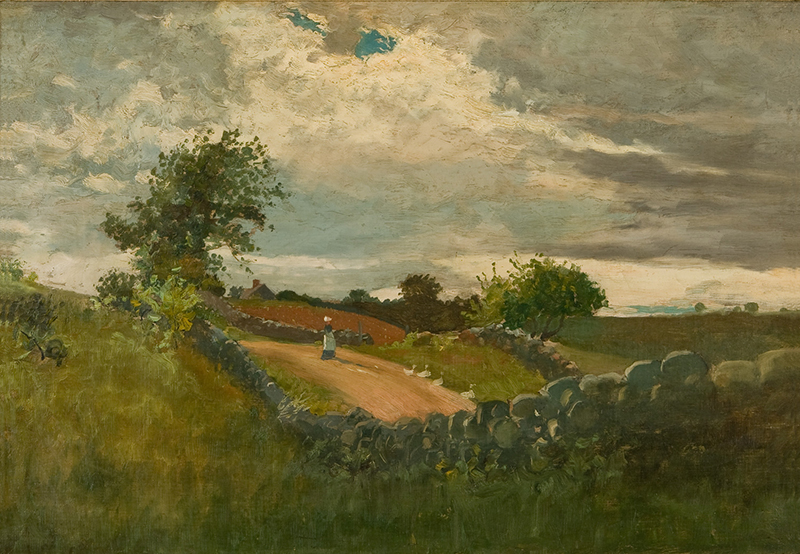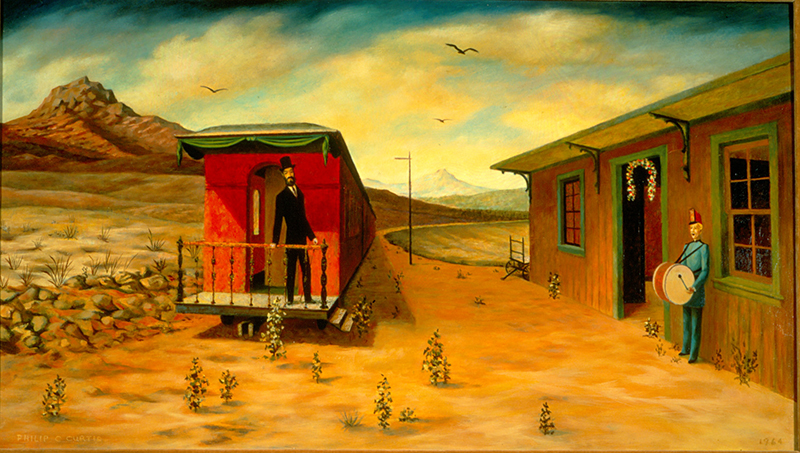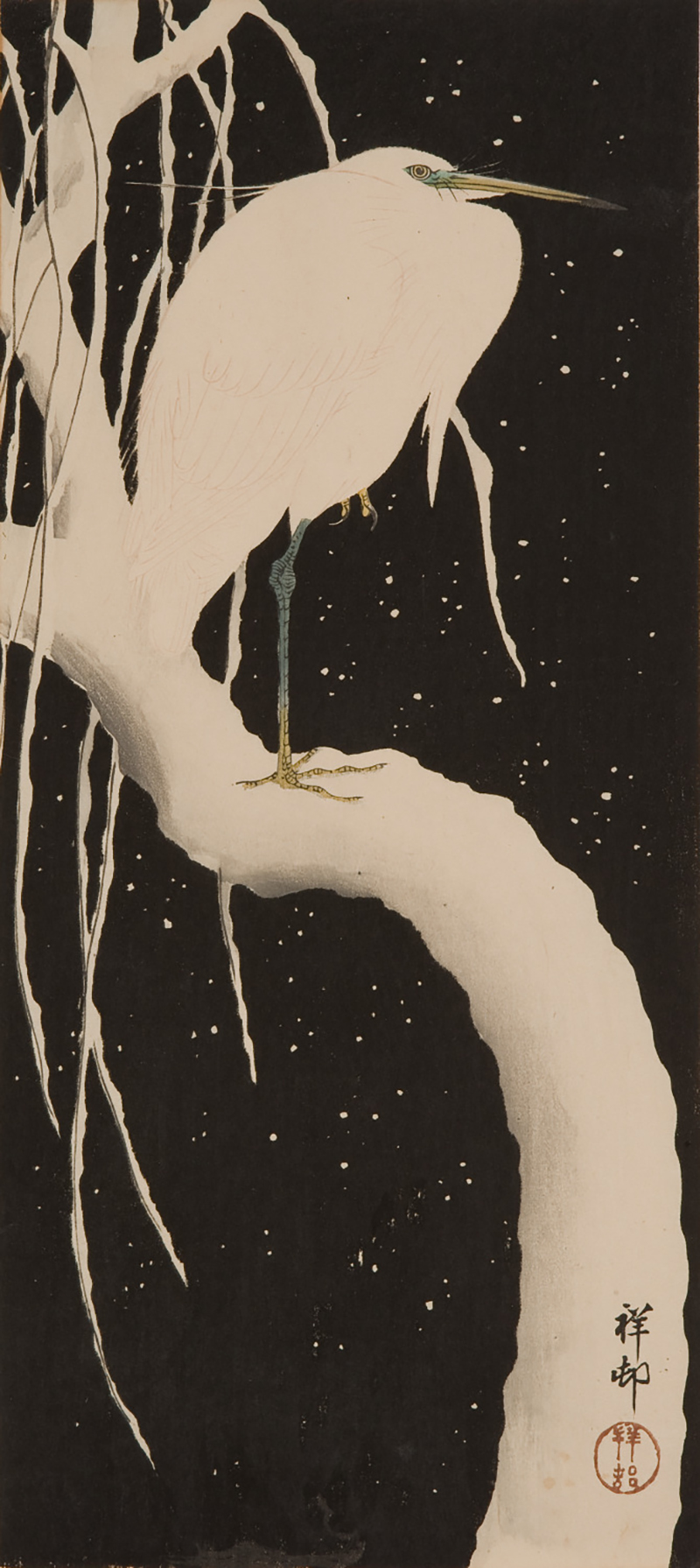Birds in Art

Nov, 24, 2020
Art
Birds in Art
Artworks have featured birds for thousands of years, as evidenced in the Lascaux cave paintings made more than 17,000 years ago. There’s no doubt that, as creatures bound to the terrestrial realm, humans have long been inspired by birds, their ability to take flight, and the unique perspective they have on the world around us. Birds often symbolize a certain aspirational quality that sets human beings apart from the rest of the animal kingdom, which is why depictions of divine beings often draw upon the physicality of these winged creatures.
Renaissance paintings and prints, for example, present angels with human bodies but bird-like wings. Indigenous peoples across the Americas have used ravens and eagles as physical symbols for a pantheon of gods. And in Mexico, the design of the national flag references an Aztec prophecy of a predestined site for the Aztec city Tenochtitlán, where founders saw an eagle devour a serpent from atop a prickly-pear cactus.
In the United States, the bald eagle was first adopted as a national symbol in the late 18th century, when an illustration of the bird was selected to adorn the Great Seal. Since then, depictions of the eagle have been a key element in both artwork and propaganda, intended to instill a sense of patriotic pride.
As many across the country celebrate Thanksgiving this week, it’s worth noting that the bald eagle as a national symbol was not the first choice of one very famous American. Benjamin Franklin, the writer, politician, and inventor who is considered to be one of the “Founding Fathers,” a now archaic term that excludes more than 10,000 years of collective Indigenous history in North America, actually preferred the humble turkey as a representation of the U.S., believing it better symbolized the plucky fortitude of Americans fighting for their independence from British rule.
The PhxArt Collection is home to many remarkable bird-inspired artworks. Here are just a few of our favorites from across the fashion design and American, Asian, European, Latin American, and modern art collections.
FROM THE VAULT
Female Figure Holding a Bird (Six Dynasties Period), China
Bronze Mirror with Mandarin Ducks, Birds, and Floral Design (Tang Dynasty), China
Trumpet Mouth Vase with Bird and Flower Motifs (1865-1880), Japan
Bird (Oriole) (1920s-1930s) by Joseph Stella
Madre, Hijo, y Pajaro (1962) by Francisco Zuñiga
Posing Indian with Bird Headdress (1972) by Fritz Scholder
Do You Really Want to Hurt Me? (2009) by Rebecca Campbell
Blouse (1970-1971) by Zandra Rhodes
Double-Faced Wool Gown with Black-Lacquered Ostrich Edging (2003) by Ralph Rucci
Annunciation (15th-16th centuries) by Marco Dente
Hebe Feeding the Eagle of Zeus (18th-19th centuries)
Goose with Snail on Beak (20th century) by Edouard Marcel Sandoz
Pheasant with Frog (19th century) by Henri E.A. Troudoux
Sparrow (20th century) by Edouard Marcel Sandoz
Sketch for Title Page (1862) by James Walker
Woman Driving Geese (1878-1879) by Winslow Homer
The Last Campaign (1964) by Philip C. Curtis
Heron in the Snow (1935) by Shoson
Categories
What can we help you find?
Need further assistance?
Please call Visitor Services at 602.257.1880 or email
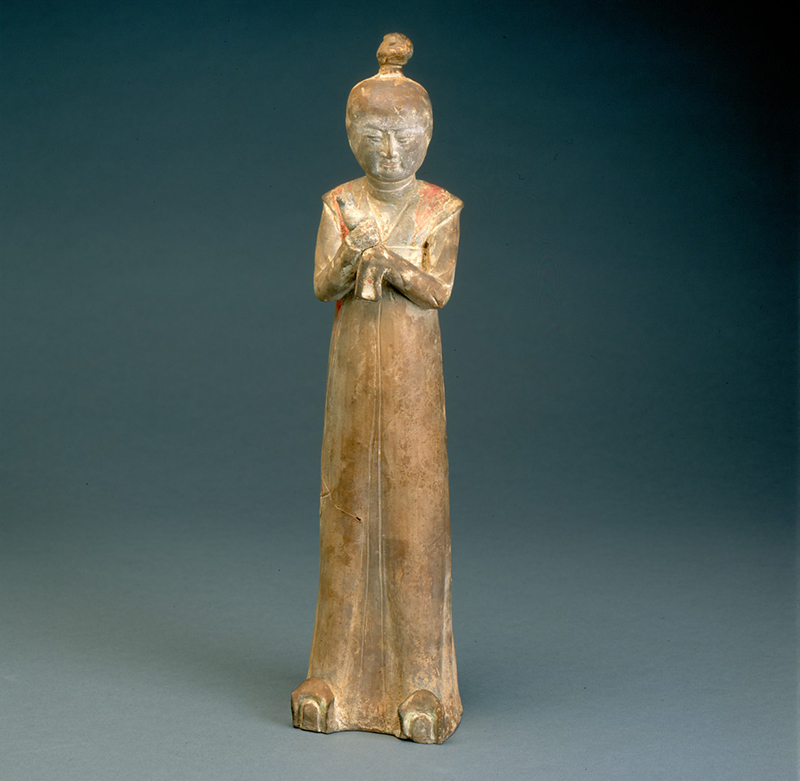
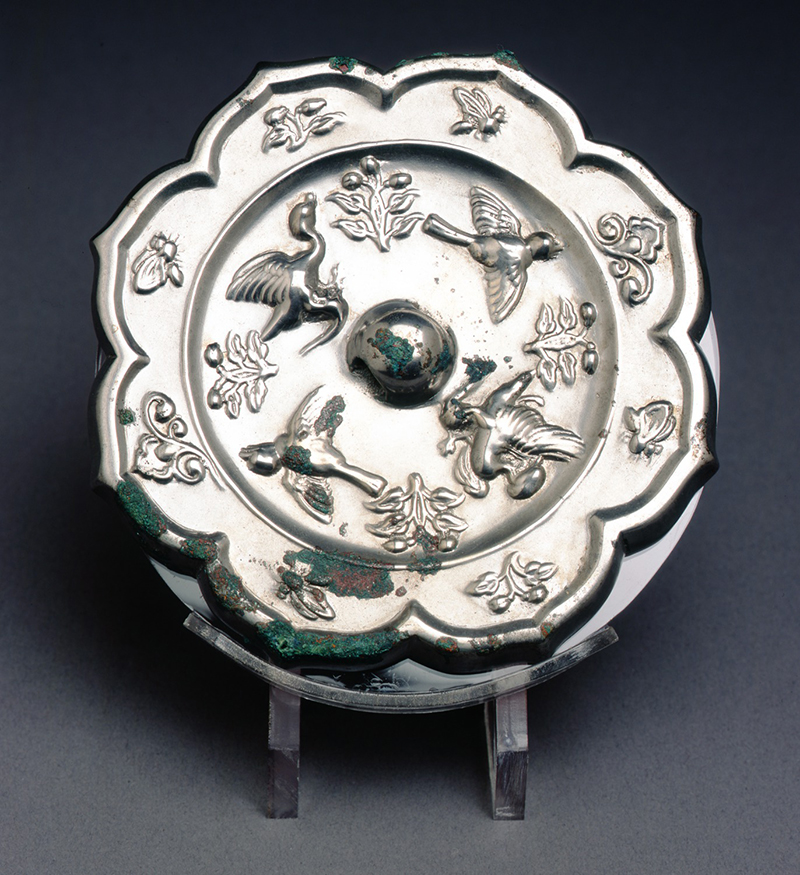
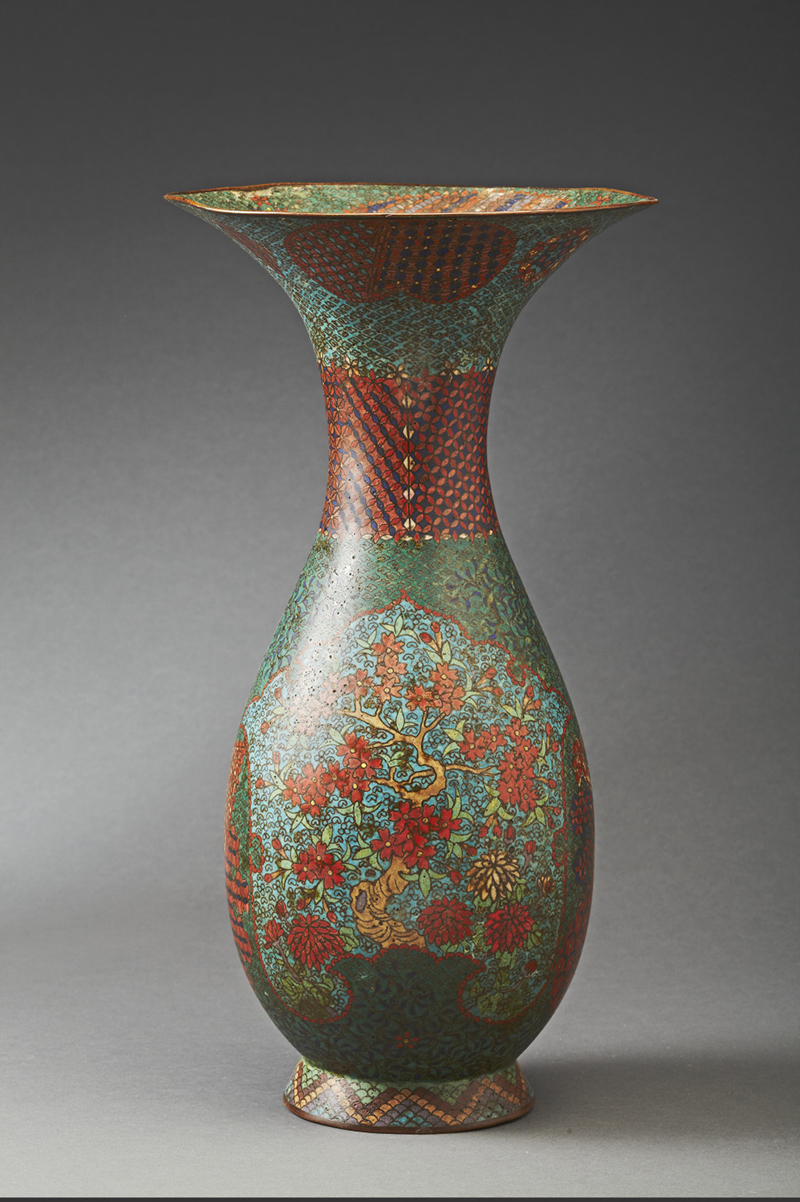
![Joseph Stella, Bird (Oriole) (Párajo [oropéndola]), 1920s-1930s. Pencil, crayon and colored pencil on card stock. Gift of Alan Pensler.](https://phxart.org/wp-content/uploads/2020/11/2011_130_2_CP1_o2.jpg)
